In the heart of the serene countryside, where the night sky unfolds like a grand tapestry of stars, there lived an amateur astronomer named Alex. Equipped with a telescope and a passion for capturing the beauty of the universe, Alex often found himself in awe of the celestial wonders visible from his backyard. But as he gazed through his telescope, he yearned to bring the distant galaxies and nebulae into sharper focus, capturing their ethereal beauty in a way that would truly reflect their splendor.
One evening, under a blanket of twinkling stars, Alex decided it was time to explore the world of astrophotography software. His quest was to find tools that would not only enhance his images but also help him navigate the complexities of capturing the night sky. Little did he know, this journey would open doors to a whole new realm of astronomical imaging.
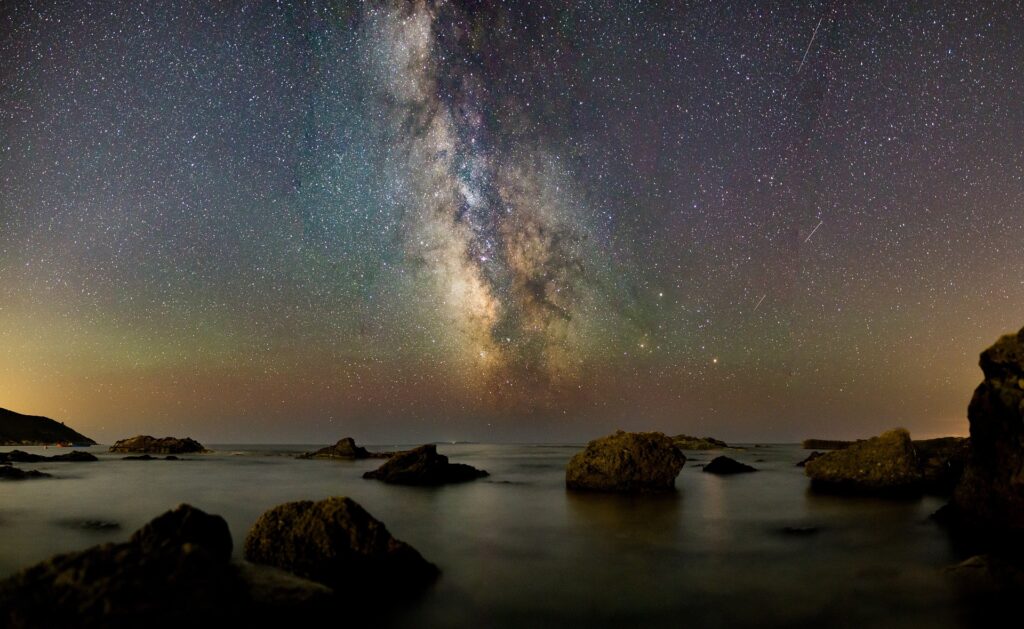
The Cosmic Canvas: Selecting the Right Software
Alex began his exploration by diving into the vast array of astrophotography software available. He soon discovered that the right software could make all the difference in transforming raw data from his telescope into breathtaking images of the cosmos. He started with a popular choice among astrophotographers: DeepSkyStacker. This free, user-friendly software specialized in stacking multiple exposures to create a single, high-quality image. Alex was impressed by its ability to reduce noise and enhance detail, turning his raw shots of the Milky Way into vivid, star-studded masterpieces.
Excited by this discovery, Alex explored AstroPixel Processor next. This software, though more complex, offered advanced features like calibration, alignment, and integration of images. With its sophisticated tools, Alex could fine-tune his images, correct for distortions, and reveal the hidden details of deep-sky objects. The learning curve was steep, but the results were worth the effort, as the software brought out the intricate details of nebulae and star clusters that had previously eluded him.
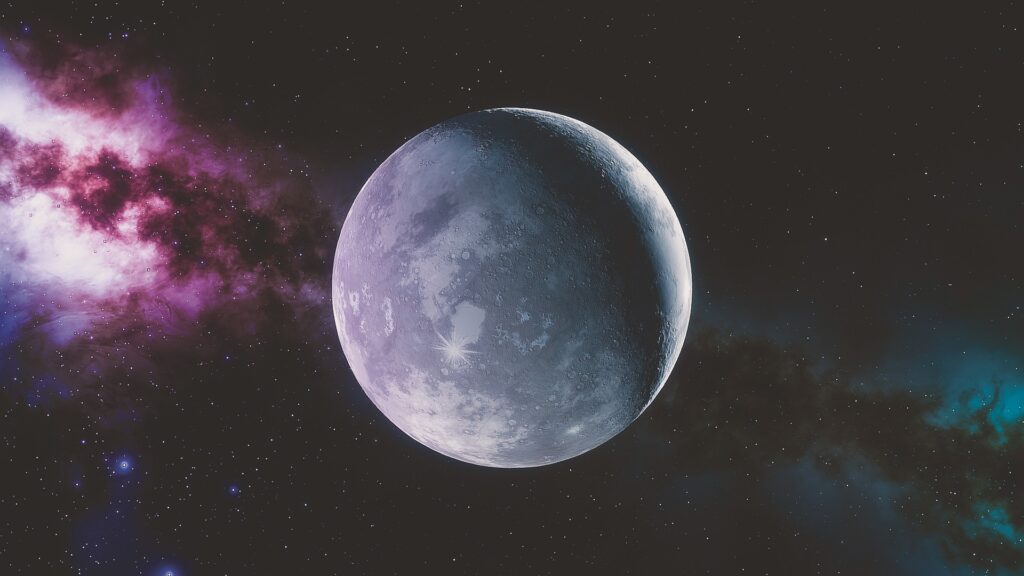
Crafting the Perfect Shot: Software for Image Enhancement
While stacking and processing were crucial, Alex soon realized that the enhancement of his images was equally important. He turned to PixInsight, a powerful and comprehensive software known for its ability to handle complex image processing tasks. PixInsight offered a suite of tools for noise reduction, color correction, and detail enhancement. Alex marveled at how he could use its histogram transformation and dynamic background extraction tools to bring out the true colors and contrast in his astrophotographs.
Alex also experimented with Adobe Photoshop, a versatile tool that, when combined with specific astrophotography plugins, could provide additional control over the final touches. He appreciated the flexibility Photoshop offered, allowing him to perform detailed adjustments and add artistic effects to his images, turning raw data into polished works of art.
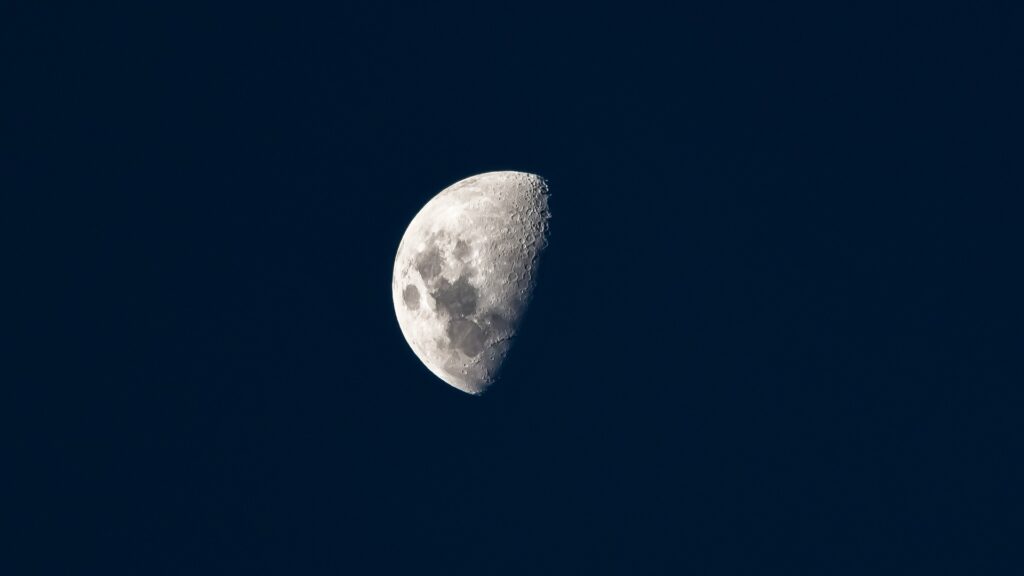
Navigating the Stars: Software for Telescope Control
With his imaging skills improving, Alex decided to venture into controlling his telescope through software. He discovered Stellarium, an open-source planetarium software that provided a real-time view of the night sky, helping him plan his observations and locate celestial objects. Stellarium’s interactive sky chart was invaluable for aligning his telescope and ensuring he captured the right targets.
For more advanced telescope control, Alex explored NINA (Nighttime Imaging ‘N’ Astronomy), a powerful software suite that integrated with his telescope and camera setup. NINA allowed him to automate his imaging sessions, control the camera’s settings, and manage the entire workflow from a single interface. The ability to program automated sequences and track objects with precision was a game-changer, making his astrophotography sessions more efficient and productive.
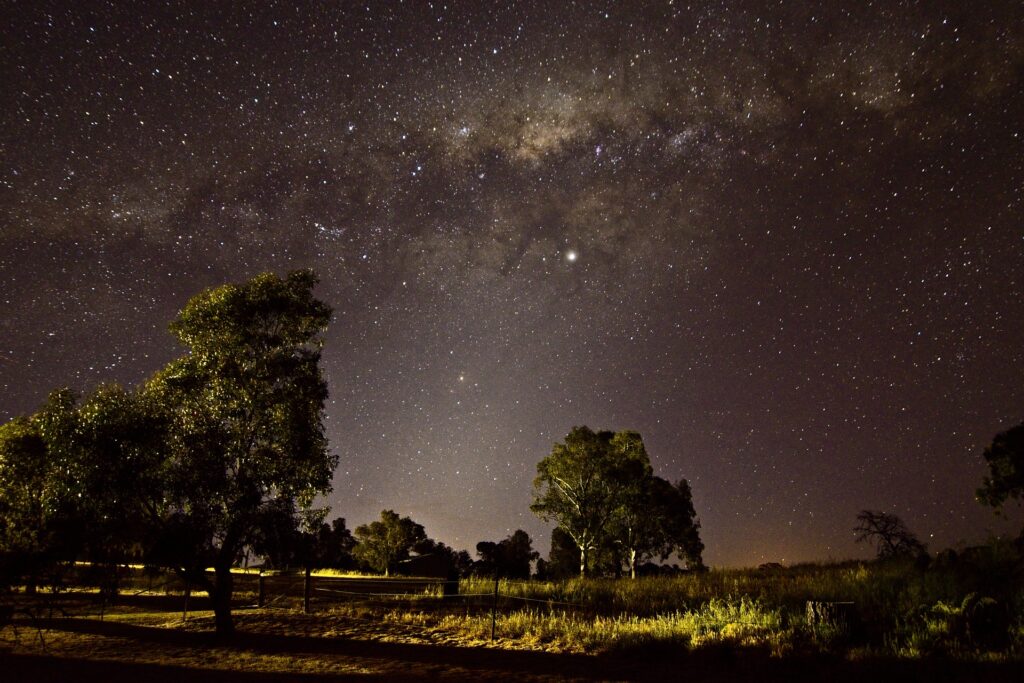
Sharing the Cosmic Beauty: Software for Presentation
Once Alex had captured and processed his images, he wanted to share them with the world. He turned to Luminar, a software known for its intuitive interface and advanced editing tools. Luminar’s AI-powered features helped him enhance the colors and details of his images, making them stand out in online galleries and social media platforms. Alex also used GIMP (GNU Image Manipulation Program) for additional editing and compositing, appreciating its robust set of features and the fact that it was open-source.
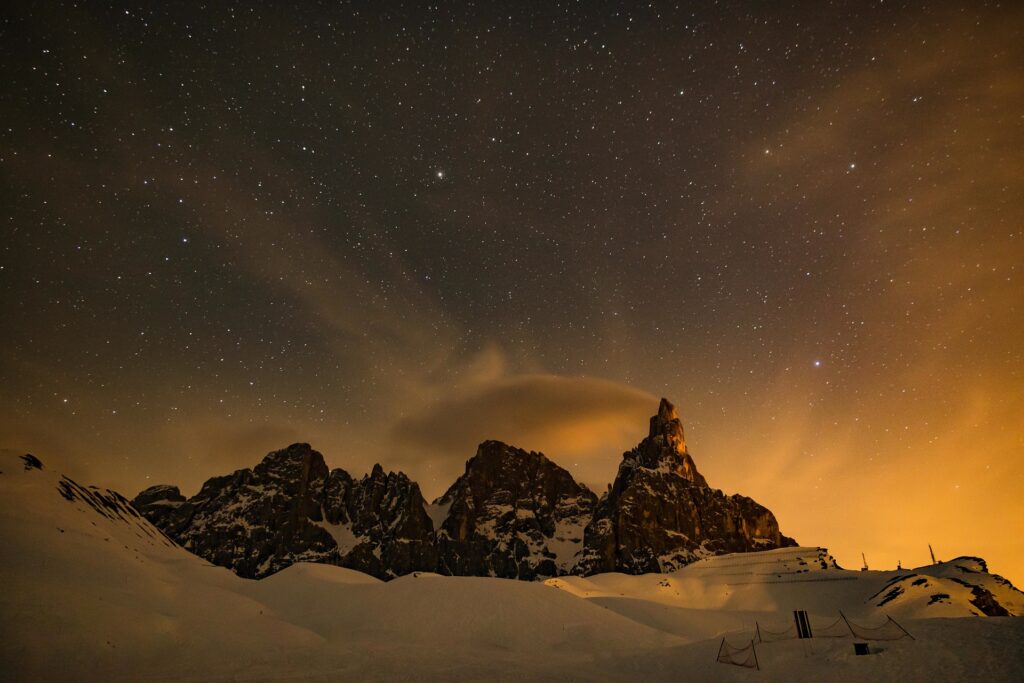
The Journey Continues
As Alex looked back on his journey through the world of astrophotography software, he felt a sense of accomplishment and wonder. The tools he had discovered—DeepSkyStacker, AstroPixel Processor, PixInsight, Stellarium, NINA, Luminar, and GIMP—had transformed his approach to capturing the cosmos. Each piece of software had its own strengths, helping him in different stages of the astrophotography process, from capturing and processing to presenting his images.
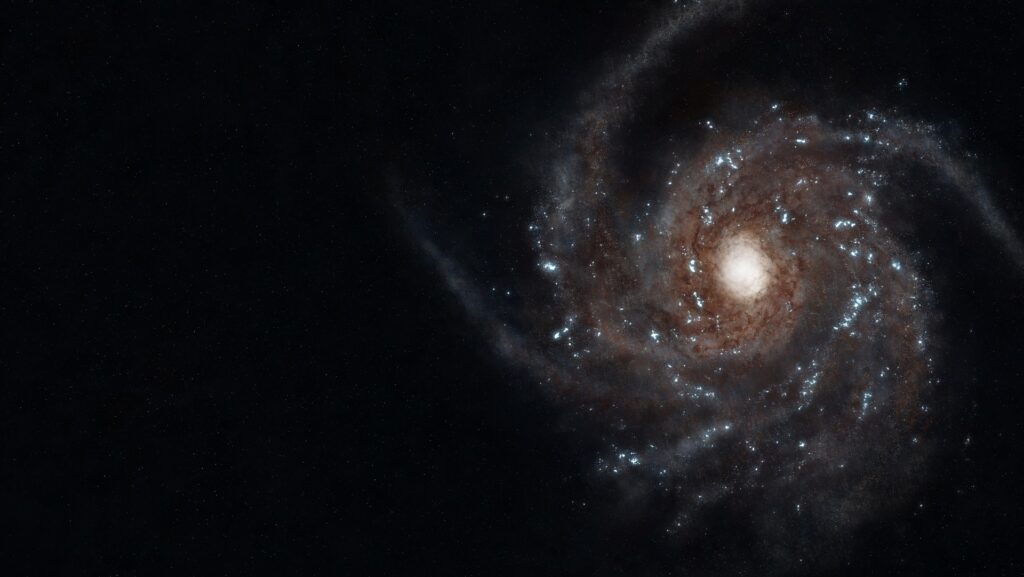
Under the starlit sky, Alex realized that while the universe is vast and full of mysteries, the right tools could help him capture and share its beauty with others. His journey through astrophotography software had not only enhanced his skills but also deepened his appreciation for the wonders of the night sky. With every image he captured and shared, Alex knew he was adding his own ###to the ongoing story of exploring the cosmos, one pixel at a time.